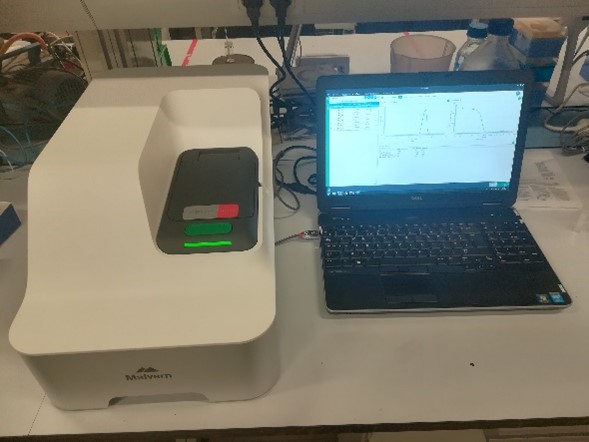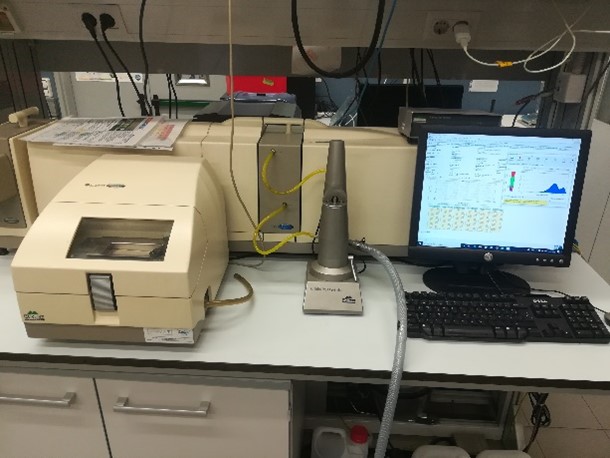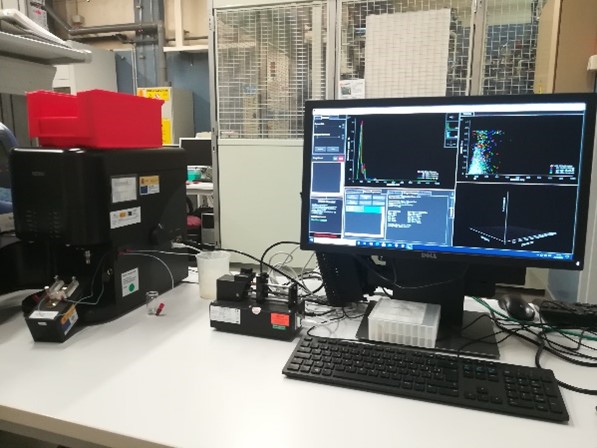U7-S01.
Training Courses in the Use of microfabrication equipment
The Training Courses in the Use of microfabrication equipment of U7, provides full knowledge in the theoretical and technical aspects of the techniques and equipment. We provide our clients the necessary know-how on the tools, to conduct their microfabrication processes on their own in an autonomous way, and the theoretical insights to design and optimize new processes and recipes.
Customer benefits
Our Training Courses in the Use of microfabrication equipment, benefits from being part of a bioengineering-specialized research centre, providing wide knowledge in the main applications and a large experience in the fabrication of biomedical devices in the field of bioengineering with different techniques and materials. We offer custom services, assuring close and direct interaction with the client, to meet conclusive results and high-quality needs.
Target customer
Our target customers are researchers in the field of bioengineering, or R&D departments of biotech companies which want to fabricate their custom biomedical prototypes or devices.











